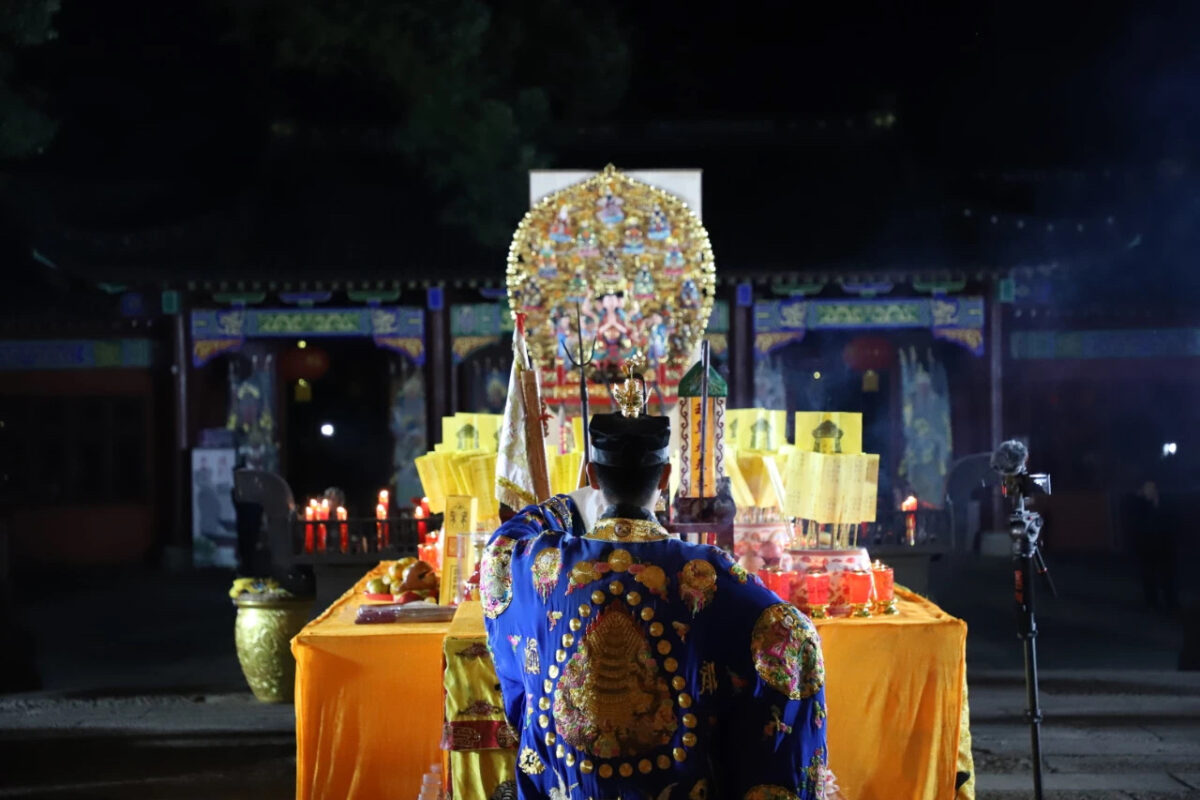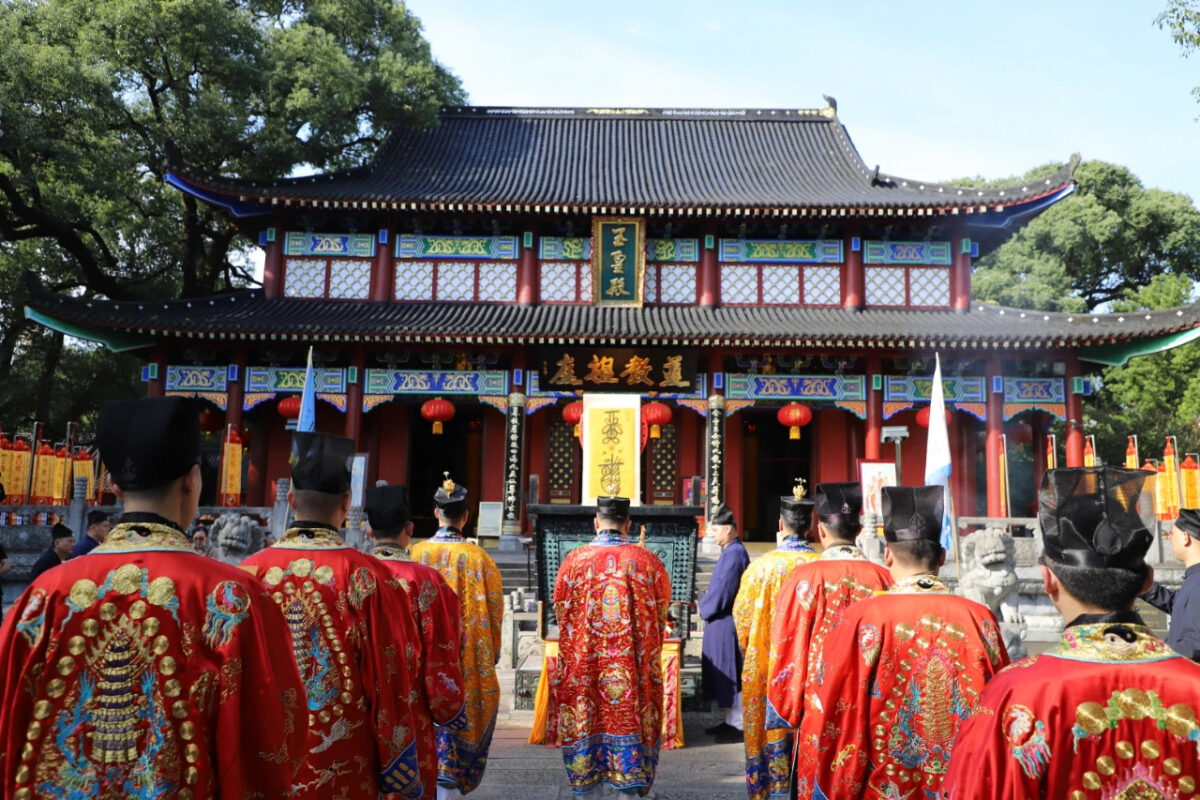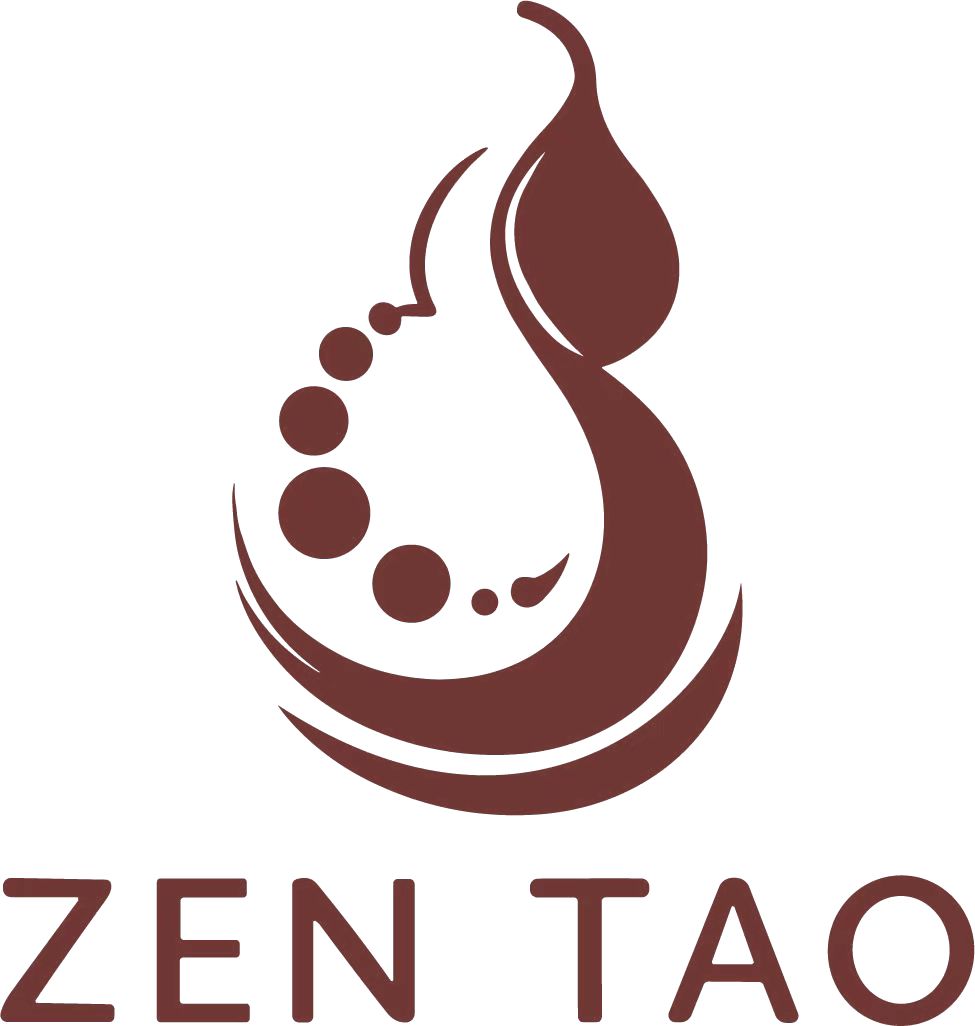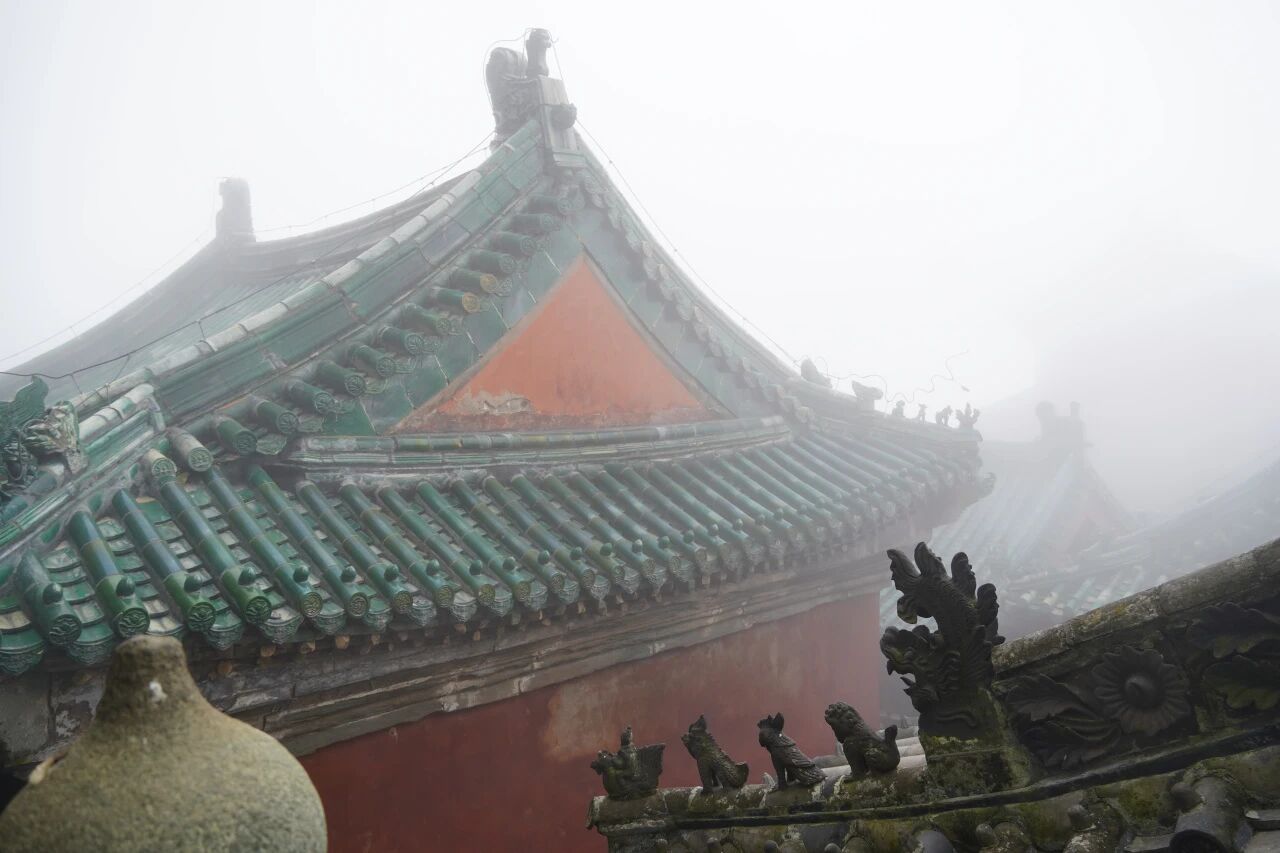Pre-qin Daoist thought and the Huang-Lao Way of the Han Dynasty
When Taoism was founded, Laozi was regarded as the master and Laozi’s Tao Te Ching was the main scripture. Taoism believes in Laozi’s “Dao” and holds that if Taoists truly practice his “Dao”, they can live forever and become immortals. Daoist philosophy is one of the theoretical foundations of Daoist doctrine. In the Book of Wei, the Book of Shi, when discussing the origin and purpose of Taoism, it is said:”The origin of Daoism comes from Laozi, as he said, before heaven and earth came into being to support all kinds of things. Above the Jade Capital, it is the origin of the divine king; Below is the Purple Micro, the master of Flying immortals. It is ever-changing, virtuous or not, responsive to things, and impermanent. … It is a teaching that eliminates evil and burdens, cleanses the mind, accumulates good deeds and establishes merit, accumulates virtue and prolongs life, and even ascends to heaven in the day and lives on earth.”

The Daoism of the Pre-Qin period later evolved into the study of Huang-Lao.During the Western Han Dynasty, the emperors Wen and Jing (179-141 BC) governed the country with the doctrine of “quiet and non-action”, and cultivated and rested the people as much as possible without interfering in various social production activities and the lives of the common people, allowing them to develop naturally, thus forming a political doctrine mainly based on the thought of Huang-Lao Taoism, known as “the art of the ruler’s south side”, Historians refer to this period as the “Wenjing Reign”. As a result, Huang-Lao studies flourished.
Huang-lao studies originated around the middle of the Warring States period in the State of Qi. The content of Huang-Lao Studies in the Han Dynasty was rather extensive. Besides the aforementioned “the art of the Ruler’s south side”, there were also thoughts of Yin-Yang and the Five Elements and the idea of immortals.
After Emperor Wu of Han, Liu Che, ascended the throne, he abolished all schools of thought except Confucianism, but still held the belief in immortals. At this time, the alchemists used the Yellow Emperor to conform to the doctrine of immortals, and began to combine the study of immortals with the study of Huang-Lao, and all the immortals were attributed to the Yellow Emperor.
In the fourth year of Yuanding (113 BC) during the reign of Emperor Wu of Han, the alchemists of Fenyin obtained a treasure cauldron in the soil and presented it to the emperor, claiming that the Yellow Emperor had also obtained a treasure cauldron in the same year, performed the Fengshan ceremony extensively, and often met with the gods; It is also said that the Yellow Emperor was a person waiting for the divine in the five cities and twelve towers; It is also said that the Yellow Emperor fought and learned to be immortal, then with supernatural powers, and finally rode a dragon to heaven. When Emperor Wu of Han heard this, he was envious and exclaimed, “Alas!” He is as sincere as the Yellow Emperor, I regard his wife as if she had taken off his clogs!” (Zizhi Tongjian, Han Ji XII) At this time, the emperor and his ministers had already regarded the Yellow Emperor as a deity.

In the Eastern Han Dynasty, in addition to continuing to Revere the Yellow Emperor, people also revered Laozi. According to the Book of the Later Han – King Ying of Chu: “In the late Ying festival, he was more fond of the Yellow Emperor and the old man, imitating the Buddha, fasting and offering sacrifices.” In the eighth year of Yongping (65 AD), Emperor Ming of Han sent an edict to King Ying of Chu, saying: “The King of Chu recited the small words of Huanglao, visited the benevolence shrine of the pagoda, faked for three months, and swore an oath with the gods.” Wang Fu, who served as the governor of Yizhou during the Yongping period (58-75) and the Yuanhe period (84-86), wrote in the Stele of Laozi and the Holy Mother: “Laozi is the Dao,born before the formless, rising before the primordial, walking in the primordial, floating in the six void, entering and leaving the netherworld, observing the undivided mixture, seeing the undivided clear and turbid.” At this time, Laozi was honored as the embodiment of the Dao.
By the time of Emperor Huan of the Eastern Han Dynasty (147-167), the combination of the study of immortals and the study of Huang-Lao had officially formed the Huang-Lao Way. In the Book of the Later Han: Biography of Wang Huan, it is recorded: “During the reign of Emperor Huan, he devoted himself to the Huang-Lao Way and completely destroyed all the houses of worship.” The following year, he personally enshrined Laozi in the Zhuolong (palace), set up a canopy seat, and used the suburban celestial music. By this time Laozi had become the most exalted deity. (In the Book of the Later Han, on Sacrifices)
The Huang-Lao Way rose after the Fangxian Way and then transitioned to Taoism, which was an important part of the origin of Taoism. The Yellow Emperor and Laozi revered by Huanglao Taoism were later revered as the supreme deities in Taoism. The doctrine of Huang-Lao became the theoretical basis of later Taoism.

